 We took a walk by Powers Island at Chattahoochee River National Rec. Area. We followed the trail on the east side of the river that gets almost no use. It's just quiet eastern woodlands, with rich bottomland forests along the river.
We took a walk by Powers Island at Chattahoochee River National Rec. Area. We followed the trail on the east side of the river that gets almost no use. It's just quiet eastern woodlands, with rich bottomland forests along the river.The diversity is pretty incredible. I could spend years there and not identify everything.
The first thing we stopped by was a sprawling evergreen heath called 'dog-hobble' (leucothoe editorum):
 Brooke's sketching the leaves. Here's a close-up:
Brooke's sketching the leaves. Here's a close-up: Very common in damp places in the South, especially the Southern Appalachians. I found it often along trails and streamsides in western North Carolina.
Very common in damp places in the South, especially the Southern Appalachians. I found it often along trails and streamsides in western North Carolina. I tried to get a good shot of the rusty hairs on the end bud, but it's kind of a blur:
I tried to get a good shot of the rusty hairs on the end bud, but it's kind of a blur: Here's a moderate-sized beech, still surrounded by its coppery-orange leaves:
Here's a moderate-sized beech, still surrounded by its coppery-orange leaves: Here's an American holly:
Here's an American holly: A close-up of the spiny evergreen leaves:
A close-up of the spiny evergreen leaves: The Ebbing's silverberry (eleagnus ebbingei) is absolutely everywhere. Not only is it all around our apartment complex, in bushes, as hedges, escaped and sprawling at the edge of the road - we found it over and over again in the bottomland forest beside the river. There were a few young slim shoots without berries, but most was full of the immature gooseberry-like fruit.
The Ebbing's silverberry (eleagnus ebbingei) is absolutely everywhere. Not only is it all around our apartment complex, in bushes, as hedges, escaped and sprawling at the edge of the road - we found it over and over again in the bottomland forest beside the river. There were a few young slim shoots without berries, but most was full of the immature gooseberry-like fruit. The twigs, stems and foliage are speckled, and I want to believe this is some other type of silverberry. How can the exact same plant species be everywhere you turn, in all possible habitats?
The twigs, stems and foliage are speckled, and I want to believe this is some other type of silverberry. How can the exact same plant species be everywhere you turn, in all possible habitats?Rachael picks out a giant Eastern cottonwood to draw and trace the leaf of (each one picked out a plant to study as part of their schooling).
 Here's a shot looking up at the trunk breaking up into stout branches, another cottonwood characteristic:
Here's a shot looking up at the trunk breaking up into stout branches, another cottonwood characteristic: The ground was littered with old leaves, very similar to aspen (which it's related to), round-toothed and spade-shaped. Cottonwoods are in the willow family, and really just gigantic broad-leaved willows. They grow in the same habitat (beside water), and have the same deeply fissured accordian-like bark (sort of like an air filter):
The ground was littered with old leaves, very similar to aspen (which it's related to), round-toothed and spade-shaped. Cottonwoods are in the willow family, and really just gigantic broad-leaved willows. They grow in the same habitat (beside water), and have the same deeply fissured accordian-like bark (sort of like an air filter): They also snow in early summer. They shed their cottony seeds in June, and with enough of them around, it really feels like it's snowing with fluffly seedheads flying and covering everything. It was something distinctive about living in Sante Fe in June, just walking the streets. We also encountered it paddling the Erie Canal back in 97', trying to get from PA to New Mexico. Not only was the air full of fluffy seedheads, they covered the water, covered everything in the boat, were on our clothes, in our hair. It was pretty magical.
They also snow in early summer. They shed their cottony seeds in June, and with enough of them around, it really feels like it's snowing with fluffly seedheads flying and covering everything. It was something distinctive about living in Sante Fe in June, just walking the streets. We also encountered it paddling the Erie Canal back in 97', trying to get from PA to New Mexico. Not only was the air full of fluffy seedheads, they covered the water, covered everything in the boat, were on our clothes, in our hair. It was pretty magical.Here's some wild onion growing beside the base of a tree. Excellent mild taste. Definitely worth harvesting and dicing up for a meal:
 I catch some Canada geese nearby in the river:
I catch some Canada geese nearby in the river: Here's a crag with enough space beneath it to bed down for the night - a product of floods:
Here's a crag with enough space beneath it to bed down for the night - a product of floods: Here's a close shot of the bark:
Here's a close shot of the bark: And a look up from underneath at the dense tangle of tropical foliage, a good place to stand out of the rain:
And a look up from underneath at the dense tangle of tropical foliage, a good place to stand out of the rain: English ivy has totally taken over back here and it's like a jungle in places. Some trees' trunks are totally obscured by massive vines. Look how it's engulfed these trees:
English ivy has totally taken over back here and it's like a jungle in places. Some trees' trunks are totally obscured by massive vines. Look how it's engulfed these trees: Oregon grape is very common down in the bottomland forest and just up the hillside. Some of the plants are nearly ten feet high, with long craggy trunks terminating in a bract-like mass of spiny leaves with huge yellow plumes of flowers:
Oregon grape is very common down in the bottomland forest and just up the hillside. Some of the plants are nearly ten feet high, with long craggy trunks terminating in a bract-like mass of spiny leaves with huge yellow plumes of flowers: Petals are now falling to the ground. I've never tried the berries from this particular species (mahonia bealei - introduced - native to China), but I hope I get a chance to, it looks like it will be a good harvest.
Petals are now falling to the ground. I've never tried the berries from this particular species (mahonia bealei - introduced - native to China), but I hope I get a chance to, it looks like it will be a good harvest. I ate some, and unlike the usually tasteless greenbriar berries, these actually had a trace of sweetness. I wonder if it's carrion flower (smilax herbacea), as Couplan says the berries have a "date-like flavor". It's hard to know for certain without any leaves. And I don't have any great detailed guides to southern shrubs and vines anyway, which I need. All I've got is the Peterson's, and one to the Southern Appalachians.
I ate some, and unlike the usually tasteless greenbriar berries, these actually had a trace of sweetness. I wonder if it's carrion flower (smilax herbacea), as Couplan says the berries have a "date-like flavor". It's hard to know for certain without any leaves. And I don't have any great detailed guides to southern shrubs and vines anyway, which I need. All I've got is the Peterson's, and one to the Southern Appalachians.-
 So with the onion, the chickweed, and the greenbiar berries, and acorns scattered everywhere, you have everything you need to eat well.
So with the onion, the chickweed, and the greenbiar berries, and acorns scattered everywhere, you have everything you need to eat well.The main purpose in coming to this side of the river was to gather bamboo to use as pins in our straw bale cabin. The bamboo grove covered about an acre, with plants over 30 feet high. We'd tease the kids and tell them to look for pandas as we walked by. We even thought of actually stashing a stuffed panda up high in the bamboo for fun, so they'd see there really are pandas here . . . but never did it.
 I'd like to think somebody came out and harvested it for building. But the reality is, being an invasive, the forest service probably came out and cut it down and hauled it off to the dump - or burned it. Here's what's left of the stumps:
I'd like to think somebody came out and harvested it for building. But the reality is, being an invasive, the forest service probably came out and cut it down and hauled it off to the dump - or burned it. Here's what's left of the stumps: Too bad. Sprouts are already shooting up vigorously in places.
Too bad. Sprouts are already shooting up vigorously in places. Mishka finds a large pincer down by the river - do crayfish get this big?
 Here's the Chattahoochee River, broad and shallow through here - shoals:
Here's the Chattahoochee River, broad and shallow through here - shoals: Above the bamboo grove is an old homestead. There's a stone pumphouse, a lot of metal scraps, several stone walls, and an old metal gate.
Above the bamboo grove is an old homestead. There's a stone pumphouse, a lot of metal scraps, several stone walls, and an old metal gate. Here's s shot looking outside from behind the icicles:
Here's s shot looking outside from behind the icicles: Ironwood is a small tree with a very muscular fluted trunk - unmistakable. Though the bark is smooth like beech, it's in the birch family. And what's interesting is they hold on to their leaves -something I didn't realize before. But the leaves are smaller, darker, and have a more serrated edge - very different from beech. I found a whole colony of ironwood on the hike out all holding on to the their leaves - crisp and shriveled, as if the trees had been burned.
Ironwood is a small tree with a very muscular fluted trunk - unmistakable. Though the bark is smooth like beech, it's in the birch family. And what's interesting is they hold on to their leaves -something I didn't realize before. But the leaves are smaller, darker, and have a more serrated edge - very different from beech. I found a whole colony of ironwood on the hike out all holding on to the their leaves - crisp and shriveled, as if the trees had been burned. It still looks servicable, and would be a neat thing to have on a farm property. If we were up near Sunbright I'd take it with us.
It still looks servicable, and would be a neat thing to have on a farm property. If we were up near Sunbright I'd take it with us. The inside:
The inside:  I come across lots of interesting metal scraps up in the old home-site. Probably enough to make a roof out of if you knew how to weld. There's also an interesting evergreen shrub with tiny hairy leaves I wasn't able to identify that's all around here. And a giant 10-12 foot Oregon grape covered in blossoms.
I come across lots of interesting metal scraps up in the old home-site. Probably enough to make a roof out of if you knew how to weld. There's also an interesting evergreen shrub with tiny hairy leaves I wasn't able to identify that's all around here. And a giant 10-12 foot Oregon grape covered in blossoms. This common thorny plant is typically considered a nuissance. But from an edible plant perspective, it's solid gold. It's got the best hips of any rose I've ever tried. Small and candy-tart to sweet. Larger hips tend to be very seedy, and the flesh is insipid - the key is to dry it.
This common thorny plant is typically considered a nuissance. But from an edible plant perspective, it's solid gold. It's got the best hips of any rose I've ever tried. Small and candy-tart to sweet. Larger hips tend to be very seedy, and the flesh is insipid - the key is to dry it. There are actually three separate vines climbing up this poor tree.
There are actually three separate vines climbing up this poor tree. There's only one steel band over the cavity supporting all the stone above. It seems to be doing a good job - hasn't buckled. But the entire fireplace has rocked way back from frost heave. It was obviously not built on any kind of foundation. I wonder if bottomland soils heave more than most because of their high moisture.
There's only one steel band over the cavity supporting all the stone above. It seems to be doing a good job - hasn't buckled. But the entire fireplace has rocked way back from frost heave. It was obviously not built on any kind of foundation. I wonder if bottomland soils heave more than most because of their high moisture.Here's something Brooke spotted, a slim vine with a burst pod full of fluffy seeds:
 A shot of the upper part of the tree:
A shot of the upper part of the tree: There are several hackberries down here (celtis spec.). I'm not sure where it got the name 'hackberry' - which seems to have a negative connotation - because the berry is one of the best edible foods out there. Trees can be absolutely covered in tons of tiny pea-sized orange-red berries about late summer. Over the fall they turn darker and almost black - the fruit at this point is more date-like and not as pleasantly tart . . . I prefer it orange. The berries can remain on the tree very late into the year, depending on where you are. In southwestern New Mexico, where the trees are common along the Gila River valley, there was still plenty of fruit in January.
There are several hackberries down here (celtis spec.). I'm not sure where it got the name 'hackberry' - which seems to have a negative connotation - because the berry is one of the best edible foods out there. Trees can be absolutely covered in tons of tiny pea-sized orange-red berries about late summer. Over the fall they turn darker and almost black - the fruit at this point is more date-like and not as pleasantly tart . . . I prefer it orange. The berries can remain on the tree very late into the year, depending on where you are. In southwestern New Mexico, where the trees are common along the Gila River valley, there was still plenty of fruit in January.















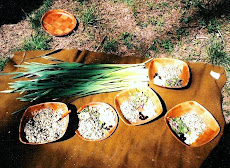









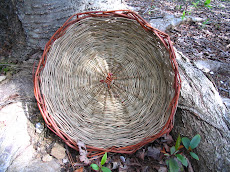



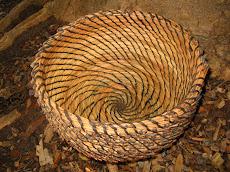



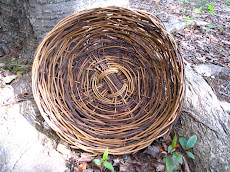

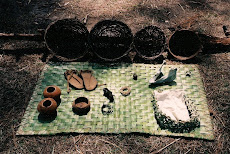


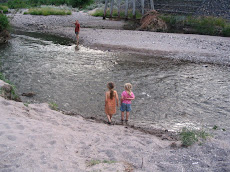

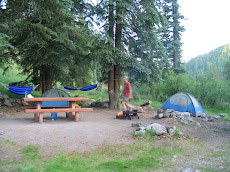


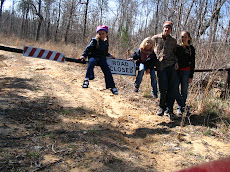

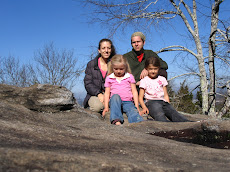




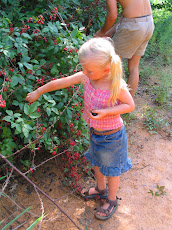







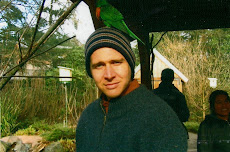
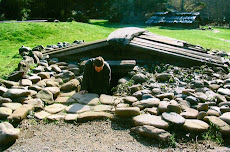

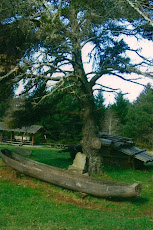



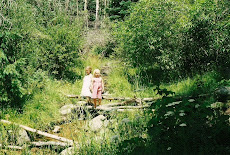
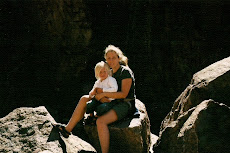
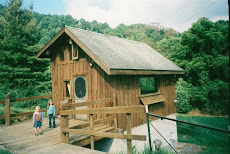

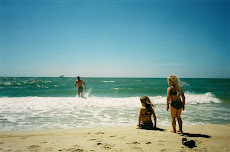
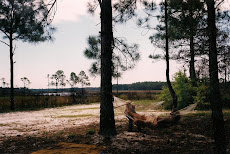

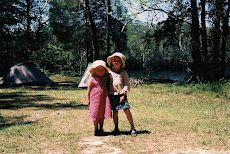.jpg)

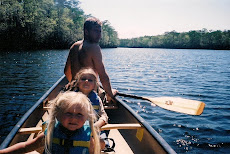.jpg)

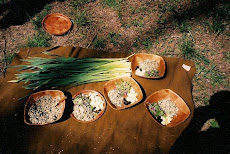
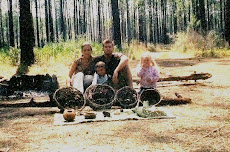
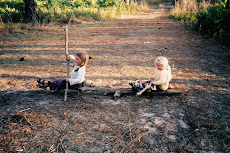.jpg)

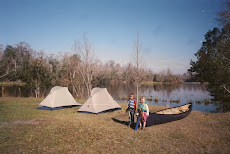

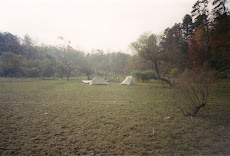
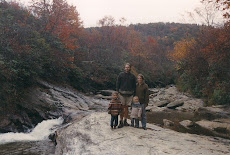
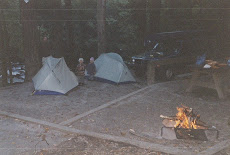


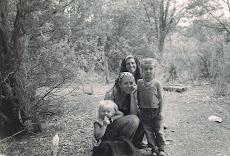.jpg)
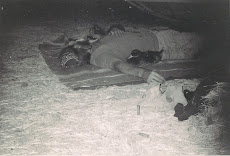.jpg)
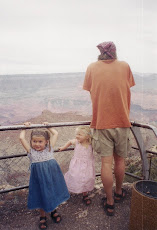
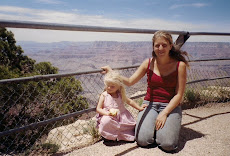.jpg)
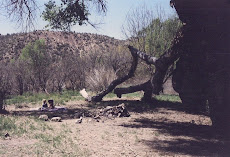.jpg)
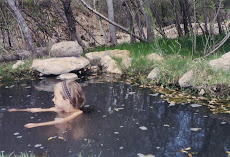
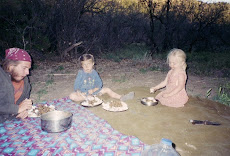.jpg)
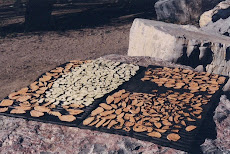
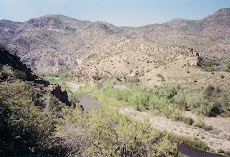.jpg)


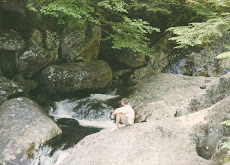

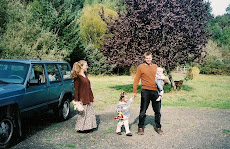
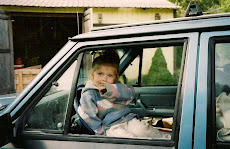




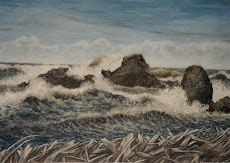


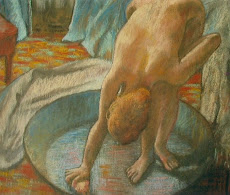

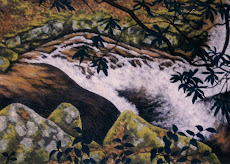






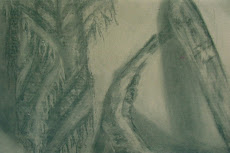

No comments:
Post a Comment